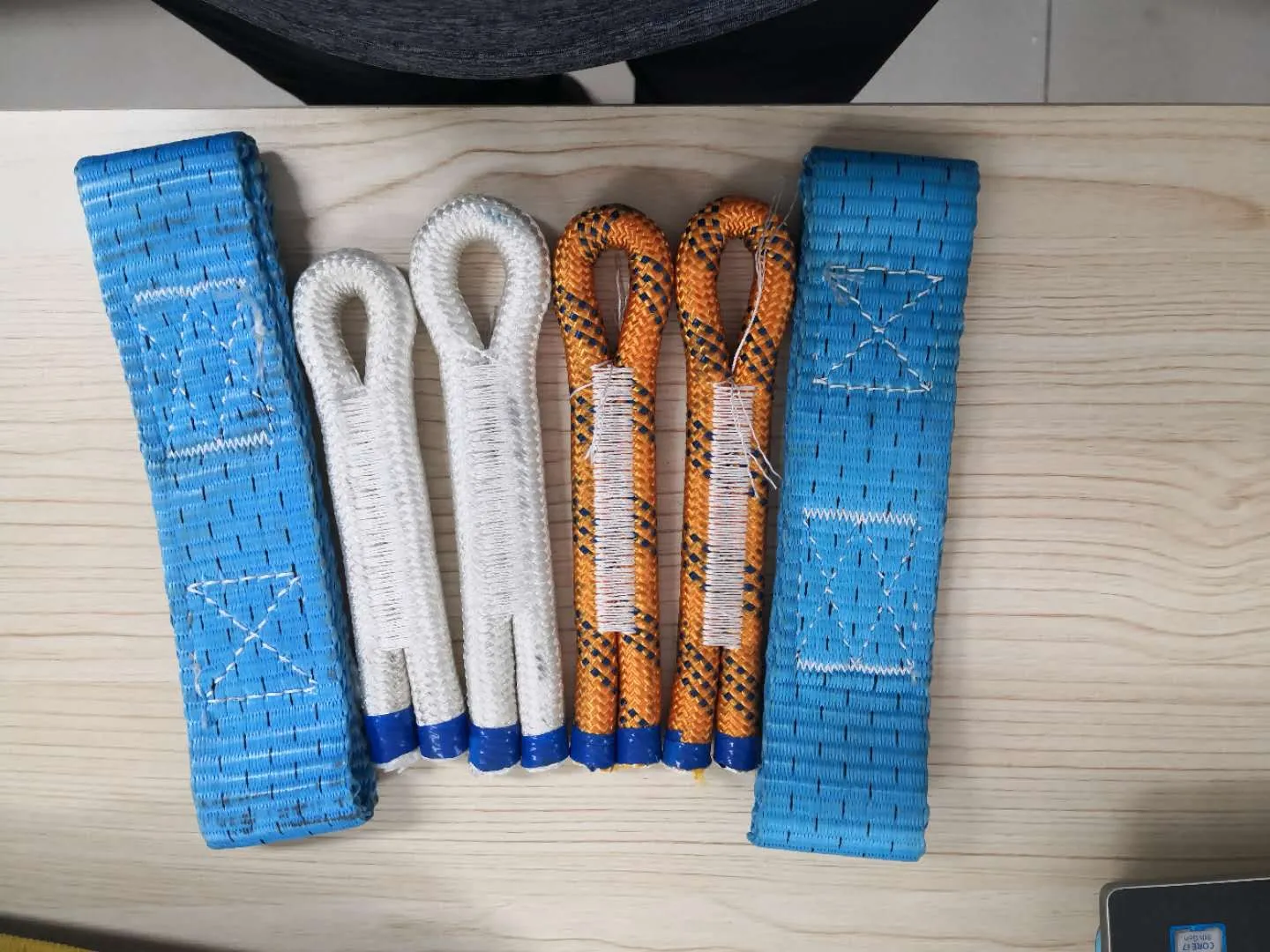compound sewing machine
Understanding Compound Sewing Machines A Comprehensive Overview
In the world of textiles and apparel manufacturing, the choice of machinery plays a pivotal role in determining the efficiency, quality, and flexibility of production processes. Among the array of available sewing machines, the compound sewing machine stands out for its versatility and advanced capabilities. This article explores the features and benefits of compound sewing machines, their applications in various industries, and why they are gaining popularity among manufacturers.
What is a Compound Sewing Machine?
A compound sewing machine is designed to handle multiple types of sewing tasks with a single machine. Unlike traditional sewing machines that typically perform one stitch or sewing operation, compound sewing machines combine different sewing mechanisms in one unit. This allows for the execution of various stitching techniques such as straight, zigzag, and decorative stitching, all of which can be beneficial for a range of fabric types and thicknesses.
The compound in compound sewing machines refers to their ability to combine multiple functions, including feeding, stitching, and trimming, often in a single motion. This construction enables manufacturers to increase productivity by minimizing the need for multiple machines for different tasks.
Key Features of Compound Sewing Machines
1. Multi-functionality Compound sewing machines come equipped with an array of functionalities that facilitate different sewing techniques. This includes capabilities for sewing, overlocking, and hemming, making them suitable for diverse fabric handling.
2. Advanced Feeding Mechanisms These machines often feature advanced feeding systems such as walking feet or dual feed mechanisms. This allows for better fabric control and ensures even feeding of layers, which is essential for sewing thicker materials or multiple fabric layers.
3. Automated Functions Many modern compound sewing machines are equipped with computerized systems for automation. This includes features like programmable stitch patterns, automatic thread tension, and quick-change attachments. Such automation can significantly reduce the manual effort required and enhance production speed.
4. Compact Design Despite their ability to perform multiple functions, compound sewing machines are often designed to be compact. This trait makes them suitable for small workshops or production lines with limited space, allowing manufacturers to maintain flexibility without sacrificing functionality.
compound sewing machine

Applications in Industries
Compound sewing machines find applications across various sectors. In the apparel industry, they are widely used for sewing garments, from casual wear to formal attire. Their ability to handle multiple fabrics—from lightweight cotton to heavy denim—makes them ideal for fashion designers and manufacturers aiming to create versatile clothing lines.
In upholstery, compound sewing machines are essential for creating furniture coverings and other soft furnishings. The advanced feeding mechanisms ensure that multiple layers of fabric and padding can be sewn together seamlessly.
In the leather goods industry, compound sewing machines are crucial for producing items like bags, wallets, and belts. Their precision and ability to manage thick materials make them indispensable for high-quality leatherwork.
The Growing Popularity
The demand for compound sewing machines is on the rise, driven by the need for higher productivity and versatility in manufacturing environments. As fashion trends evolve and consumer preferences shift toward customized and high-quality products, manufacturers are increasingly looking for solutions that can adapt to these changes swiftly.
Moreover, as sustainability becomes a focal point in the textile industry, compound sewing machines can contribute by minimizing waste through their efficient sewing capabilities. With the ability to handle various tasks and materials, they reduce the need for multiple machines, leading to less energy consumption and lower operation costs.
Conclusion
In conclusion, compound sewing machines represent a significant advancement in sewing technology, offering a compelling solution for manufacturers seeking efficiency without compromising on quality. Their multi-functionality, advanced feeding mechanisms, and adaptability to various materials make them an invaluable asset in diverse industries. As the demands of the market continue to evolve, the compound sewing machine is poised to play a crucial role in shaping the future of textile manufacturing. As manufacturers invest in such technology, the potential for innovation and sustainability in the fashion and textile industries becomes boundless.
-
Industrial Cylinder Arm Sewing Machine: Revolutionizing Heavy-Duty SewingNewsJul.28,2025
-
Cylinder Arm Sewing Machine: Perfect for Special Sewing ApplicationsNewsJul.28,2025
-
Cylinder Bed Sewing Machine: Essential for Sewing Complex MaterialsNewsJul.28,2025
-
Heavy Duty Sewing Machine: The Essential Tool for Industrial ApplicationsNewsJul.28,2025
-
Computerized Pattern Sewing Machine: Revolutionizing Precision StitchingNewsJul.28,2025
-
Heavy Duty Industrial Sewing Machine: Power Meets PrecisionNewsJul.28,2025
-
Leather Sewing Machine: The Industrial Standard for Tough MaterialsNewsJul.18,2025





























